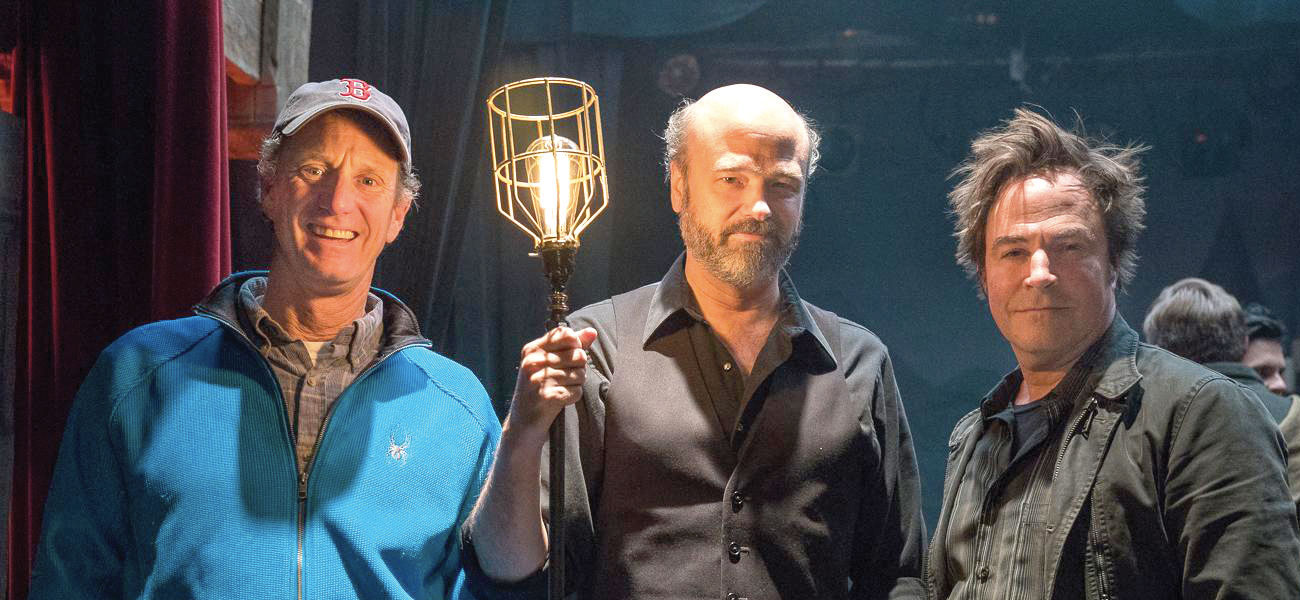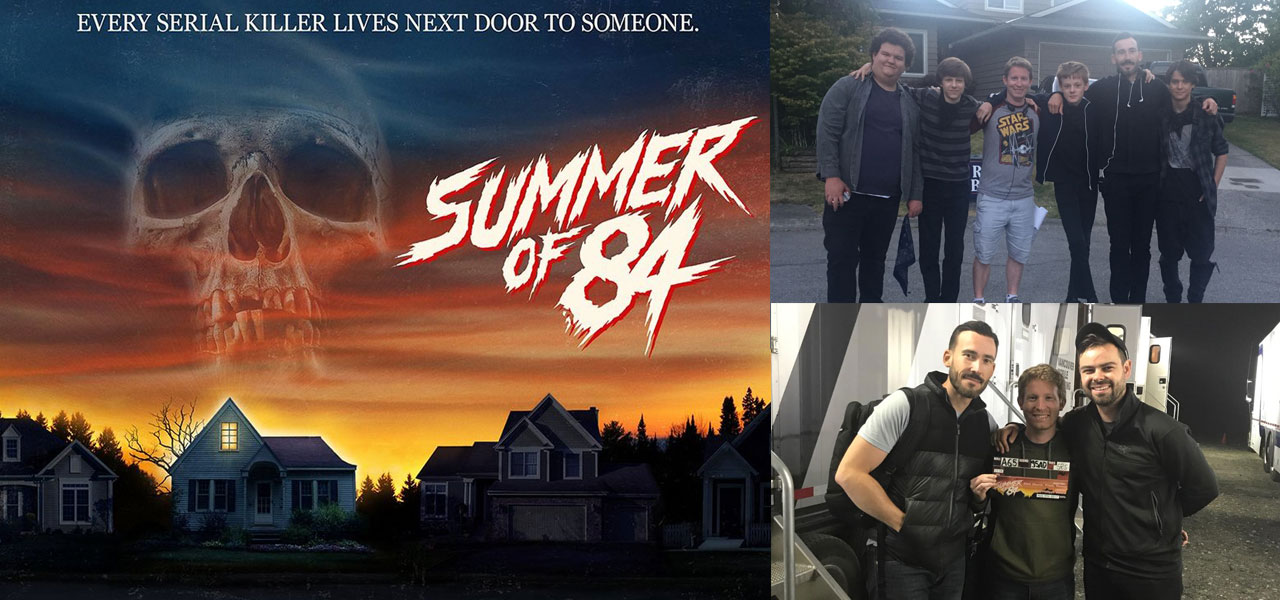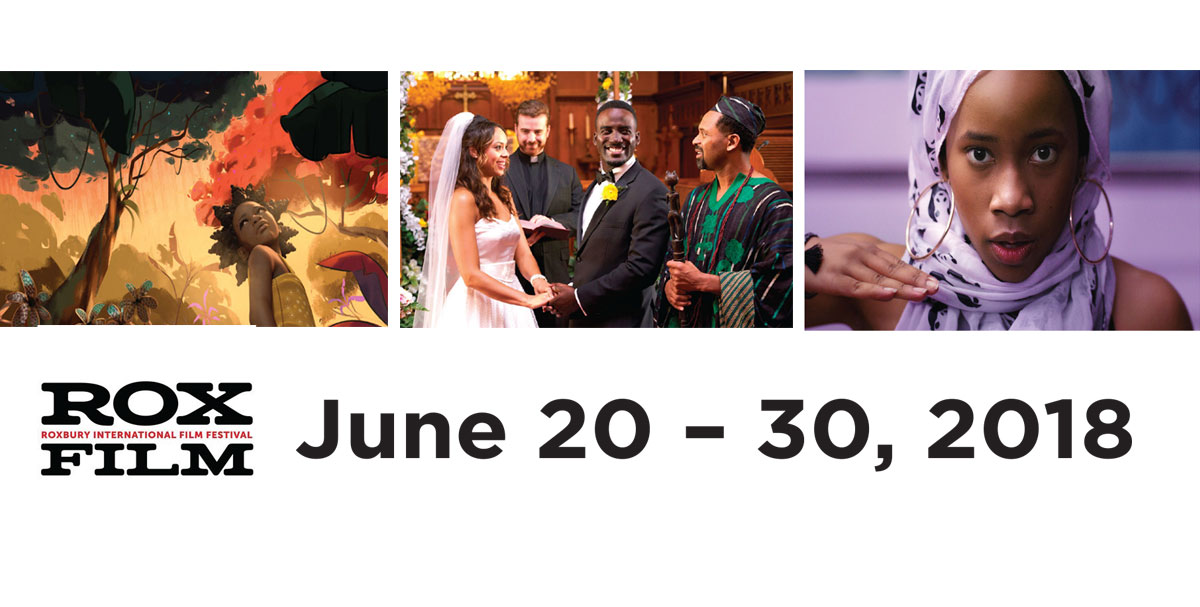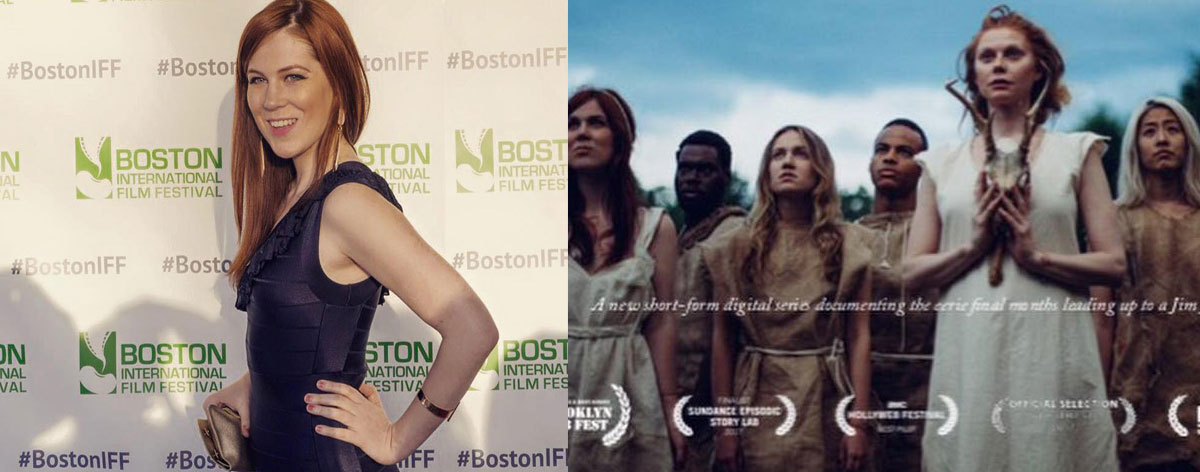
by admin | Jul 20, 2022 | Blog, Imagine News
A fifty-year journey encompassing the roots of American music, the upheavals of the civil rights movement, the strength of memory, the enduring power of this foundational music, and a reflection on the treasures of personal experience, both lost and found. By Ted...

by Jen | Oct 1, 2018 | Blog, Imagine News
John Stimpson, writer, producer, director, editor and more seen everywhere now. We just never know what subject or story John Stimpson will be taking up next. He crosses genres from the dark to the light with engaging stories that he makes right here in Massachusetts....

by Jen | Aug 25, 2018 | Imagine News
Q&A with Matt Leslie, writer of the Sundance film, SUMMER OF 84 By Carl Hansen Carl Hansen (CH): WHERE ARE YOU FROM ORIGINALLY AND HOW LONG HAVE YOU LIVED IN LOS ANGELES? Matt Leslie (ML): I’m originally from Ipswich, MA, and I’ve lived in LA since...

by Jen | Jun 26, 2018 | Imagine News
June 20 – 30, 2018 The Award-Winning LIYANA Opens #RoxFilm20 on Thursday, June 21 -Executive-produced by Thandie Newton (HBO’s Westworld, MISSION IMPOSSIBLE II, and Crash) A Boy. A Girl. A Dream: Love on Election Night Closes #RoxFilm20 on Sunday, June 30 at Fenway...

by Jen | Mar 16, 2018 | Imagine News, Industry Reports
Adaptive Studios, which recently rebooted HBO’s Project Greenlight with Matt Damon and Ben Affleck, has acquired the rights to Astral, a dramatic thriller digital series created by Canadian filmmaker and actress Sonja O’Hara. O’Hara (Amazon’s...









